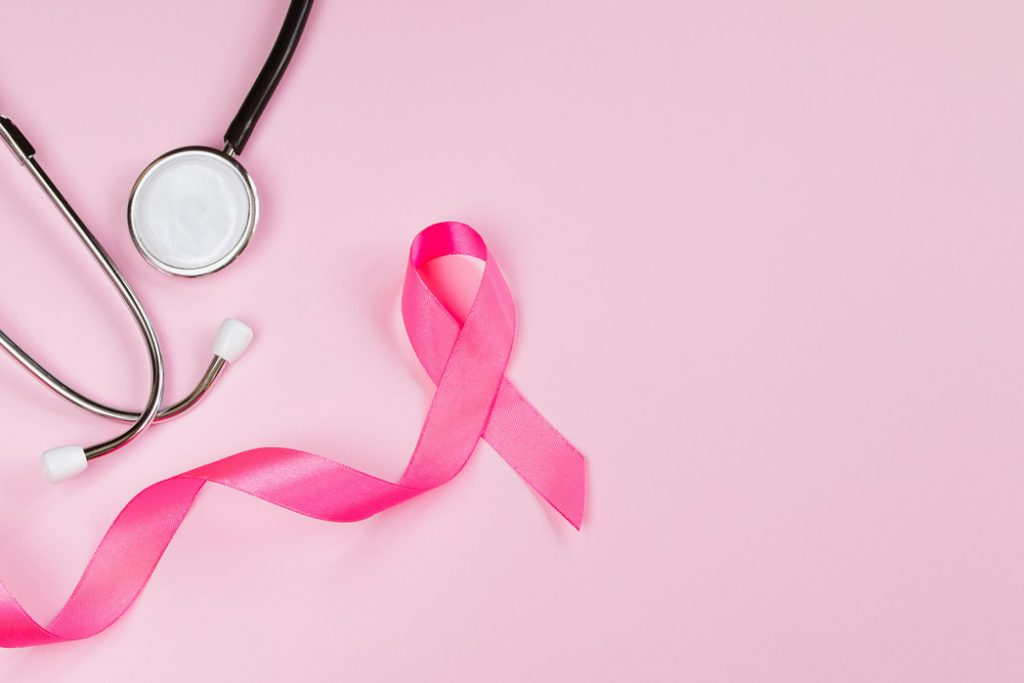
Breast cancer is one of the most common cancers worldwide, affecting millions of women (and some men) every year. While a breast cancer diagnosis can be overwhelming, early detection, awareness of symptoms, and understanding risk factors can significantly improve outcomes. In this article, we’ll explore the key aspects of breast cancer, from recognizing its symptoms to understanding the risk factors and discovering the latest treatment advances that offer hope to patients.

Recognizing the Symptoms: Early Detection Saves Lives
Breast cancer symptoms can vary widely from person to person, and not all cases present with noticeable signs. However, recognizing early warning signs can make a crucial difference in the prognosis. Common symptoms to watch for include:
- A Lump in the Breast or Armpit: A painless lump in the breast or under the arm is often the most common early symptom.
- Changes in Breast Shape or Size: Any unexplained change in the shape, size, or appearance of the breast should be checked by a healthcare professional.
- Nipple Discharge or Pain: Unexplained nipple discharge (especially if it’s bloody or clear) or persistent pain in the breast should not be ignored.
- Skin Changes: Redness, dimpling, or texture changes in the skin of the breast can sometimes indicate cancer.
If you experience any of these symptoms, it’s essential to see a healthcare provider immediately for a full evaluation and potential imaging tests, such as a mammogram, ultrasound, or biopsy.
Risk Factors: Who Is Most at Risk?
While breast cancer can affect anyone, several factors may increase a person’s risk. Understanding these can help individuals make informed decisions about screening and prevention strategies. Some common risk factors include:
- Gender and Age: Women are far more likely to develop breast cancer than men, and the risk increases with age.
- Family History and Genetics: A family history of breast cancer can increase the likelihood of developing the disease. Mutations in genes such as BRCA1 and BRCA2 are strongly linked to higher risks.
- Hormonal Factors: Estrogen exposure, including starting menstruation early or entering menopause later, can increase risk. Hormone replacement therapy (HRT) also plays a role in some cases.
- Lifestyle Factors: Smoking, heavy alcohol consumption, a sedentary lifestyle, and being overweight or obese can all elevate the risk of breast cancer.
While you can’t change genetic factors, staying informed about your risk and discussing prevention options with your healthcare provider is important.
The Latest Treatment Advances: A New Era in Breast Cancer Care
The fight against breast cancer has seen tremendous progress over the years, with new treatments offering hope for many patients. Here are some of the latest treatment advances:
- Targeted Therapy: Unlike traditional chemotherapy, which targets all rapidly dividing cells, targeted therapy aims at specific molecules involved in the growth of cancer cells. This approach reduces side effects and improves the effectiveness of treatment.
- Immunotherapy: Immunotherapy boosts the body’s immune system to recognize and attack cancer cells. This has shown promising results, particularly in triple-negative breast cancer, a type that is harder to treat with traditional therapies.
- Personalized Medicine: Advances in genetic testing allow doctors to tailor treatment to the individual characteristics of the patient’s cancer, ensuring the most effective and least toxic treatment.
- Advances in Radiation Therapy: New radiation techniques, such as proton therapy, allow for more precise targeting of tumors, minimizing damage to healthy surrounding tissues.
- Breast Cancer Vaccines: Researchers are exploring vaccines that could help prevent breast cancer or reduce recurrence in patients who have been treated for early-stage disease.
With these new treatments, survival rates for breast cancer are steadily improving, and more patients are living longer, healthier lives after diagnosis.
Taking Action: Early Screening and Prevention
The best defense against breast cancer is early detection. Regular screenings such as mammograms, especially for women over 40 or those with a family history of the disease, can help identify cancer before it becomes life-threatening. Additionally, lifestyle changes such as maintaining a healthy weight, exercising regularly, limiting alcohol, and not smoking can reduce your risk.
If you are at higher risk for breast cancer, genetic counseling and testing may be beneficial in determining your personal risk and possible preventive measures, including medications or preventive surgeries.
Conclusion: Stay Informed, Stay Empowered
Breast cancer remains one of the most serious health threats facing women today, but through early detection, understanding risk factors, and embracing the latest treatment advancements, it is a battle that can be won. Staying informed, having regular checkups, and discussing prevention and treatment options with your healthcare provider are the most powerful tools you can have in this fight.
For more information on breast cancer detection, treatment options, and support, speak with your healthcare provider or explore trusted resources dedicated to breast cancer research and education. Together, we can raise awareness, spread knowledge, and fight breast cancer with hope for a brighter future.







